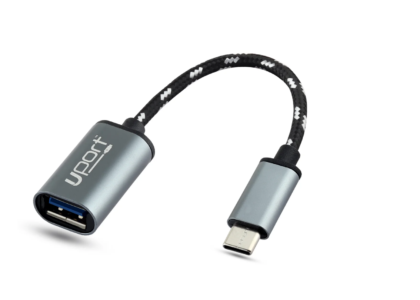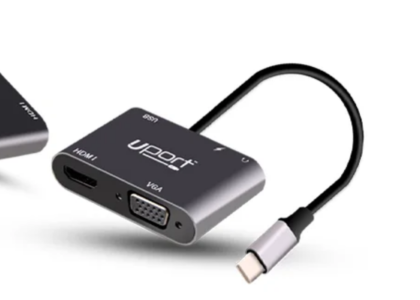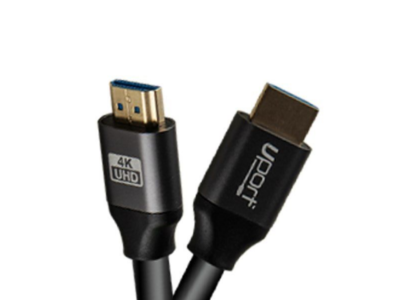In the world of networking, cables are essential for connecting various devices to ensure smooth communication and data transfer. Among these cables, Ethernet cables and patch cables are frequently mentioned. This can lead to confusion about their interchangeability and specific uses. In this comprehensive blog post, we will explore whether Ethernet cables and patch cables are interchangeable, their differences, and their specific applications. By understanding these aspects, you can make informed decisions about which cables to use in your networking setup.
Understanding Ethernet Cables
What Are Ethernet Cables?
Ethernet cables are a type of network cable used to connect devices within a local area network (LAN). These cables enable devices such as computers, routers, switches, and modems to communicate with each other and access the internet. Ethernet cables come in various categories, each offering different levels of performance and speed:
- Cat5: Supports speeds up to 100 Mbps and is suitable for basic home networking.
- Cat5e: Enhanced version of Cat5, supporting speeds up to 1 Gbps, and is commonly used in modern home and office networks.
- Cat6: Supports speeds up to 10 Gbps over short distances, ideal for high-speed networks and professional environments.
- Cat6a: Enhanced version of Cat6, supporting speeds up to 10 Gbps over longer distances.
- Cat7: Supports speeds up to 10 Gbps with improved shielding for reduced interference.
Structure of Ethernet Cables
Ethernet cables consist of four twisted pairs of wires, which help reduce electromagnetic interference (EMI) and crosstalk between the wires. These cables have an RJ45 connector on each end, which plugs into the Ethernet ports of devices.
Understanding Patch Cables
What Are Patch Cables?
Patch cables are a specific type of Ethernet cable used to connect devices to a network, patch panels, or switch ports. They are typically shorter in length and used for temporary connections or within a confined space, such as a server room or office environment. Patch cables are available in various categories, similar to Ethernet cables (e.g., Cat5e, Cat6).
Structure of Patch Cables
Patch cables also use the RJ45 connectors and consist of twisted pairs of wires. The main difference lies in their length and application. Patch cables are designed for flexibility and ease of use in environments where frequent changes to connections are necessary.
Are Ethernet Cables and Patch Cables Interchangeable?
Key Differences
- Length: Ethernet cables can be much longer, designed to span greater distances, while patch cables are shorter, typically under 10 feet.
- Usage: Ethernet cables are used for longer, permanent connections, whereas patch cables are used for shorter, temporary connections.
- Flexibility: Patch cables are more flexible and easier to manage in confined spaces, making them ideal for connecting devices within a rack or patch panel.
Interchangeability
Despite these differences, Ethernet cables and patch cables are essentially the same in terms of functionality. They both use the same types of connectors and twisted pair wiring, and they transmit data in the same manner. Therefore, they can be used interchangeably in many cases. However, it’s important to consider the specific requirements of your setup when choosing between the two.
- Length Considerations: If you need to connect devices over a long distance, an Ethernet cable is more suitable due to its availability in longer lengths. For shorter, more flexible connections, a patch cable is ideal.
- Flexibility Needs: In situations where cables need to be frequently moved or adjusted, patch cables offer greater flexibility and ease of management.
- Performance Requirements: Ensure the cable category matches your network’s performance requirements. For example, using Cat6 cables in a high-speed network environment.
Applications of Ethernet and Patch Cables
Home Networking
In home networking, both Ethernet and patch cables play crucial roles. Ethernet cables are often used to connect devices like computers, gaming consoles, and smart TVs to routers or switches. Patch cables are useful for connecting devices within a confined space, such as a home office or entertainment center.
Office and Business Environments
In office and business environments, the distinction between Ethernet and patch cables becomes more pronounced due to the complexity and scale of the network:
- Ethernet Cables: Used for connecting devices over longer distances, such as different rooms or floors. They provide the backbone of the network, ensuring stable and high-speed connectivity.
- Patch Cables: Used within server rooms, data centers, and office spaces to connect devices to patch panels, switches, and other network equipment. Their shorter length and flexibility make them ideal for these environments.
Data Centers and Server Rooms
In data centers and server rooms, patch cables are extensively used to connect servers, switches, and patch panels. Their flexibility and manageability are crucial in environments where cable organization and quick changes are necessary.
Best Practices for Using Ethernet and Patch Cables
Cable Management
Proper cable management is essential for maintaining an organized and efficient network. Here are some best practices:
- Labeling: Label both ends of the cables to easily identify their connections.
- Bundling: Use cable ties or Velcro straps to bundle cables together, reducing clutter.
- Avoiding Tangles: Keep cables untangled and neatly routed to prevent damage and ensure efficient airflow in server rooms.
Choosing the Right Cable
Select the appropriate cable type and category based on your network’s needs:
- Category: Ensure the cable category matches your network speed requirements (e.g., Cat6 for gigabit networks).
- Length: Choose the right length for your setup to avoid excess slack or insufficient reach.
- Shielding: In environments with high EMI, consider using shielded cables (e.g., Cat6a) to reduce interference.
Testing and Maintenance
Regularly test and maintain your cables to ensure optimal performance:
- Testing: Use cable testers to verify connectivity and performance.
- Inspection: Regularly inspect cables for damage, such as fraying or bent connectors, and replace them if necessary.
- Cleaning: Keep connectors clean and dust-free to maintain reliable connections.
Conclusion
Ethernet cables and patch cables, while having some differences in length, usage, and flexibility, are fundamentally the same in terms of functionality. They can be used interchangeably in many networking scenarios, provided you consider the specific needs of your setup. Understanding the differences and appropriate applications of each type of cable will help you create an efficient and organized network.
Whether you’re setting up a home network, managing an office environment, or organizing a data center, choosing the right cables and maintaining them properly is crucial for reliable and high-performance connectivity. By following best practices and staying informed about the capabilities and uses of Ethernet and patch cables, you can ensure your network operates smoothly and efficiently.
For more information on the latest cables and networking solutions, visit reputable tech blogs and manufacturer websites. Remember, the right cables can make a significant difference in your network’s performance and reliability.






